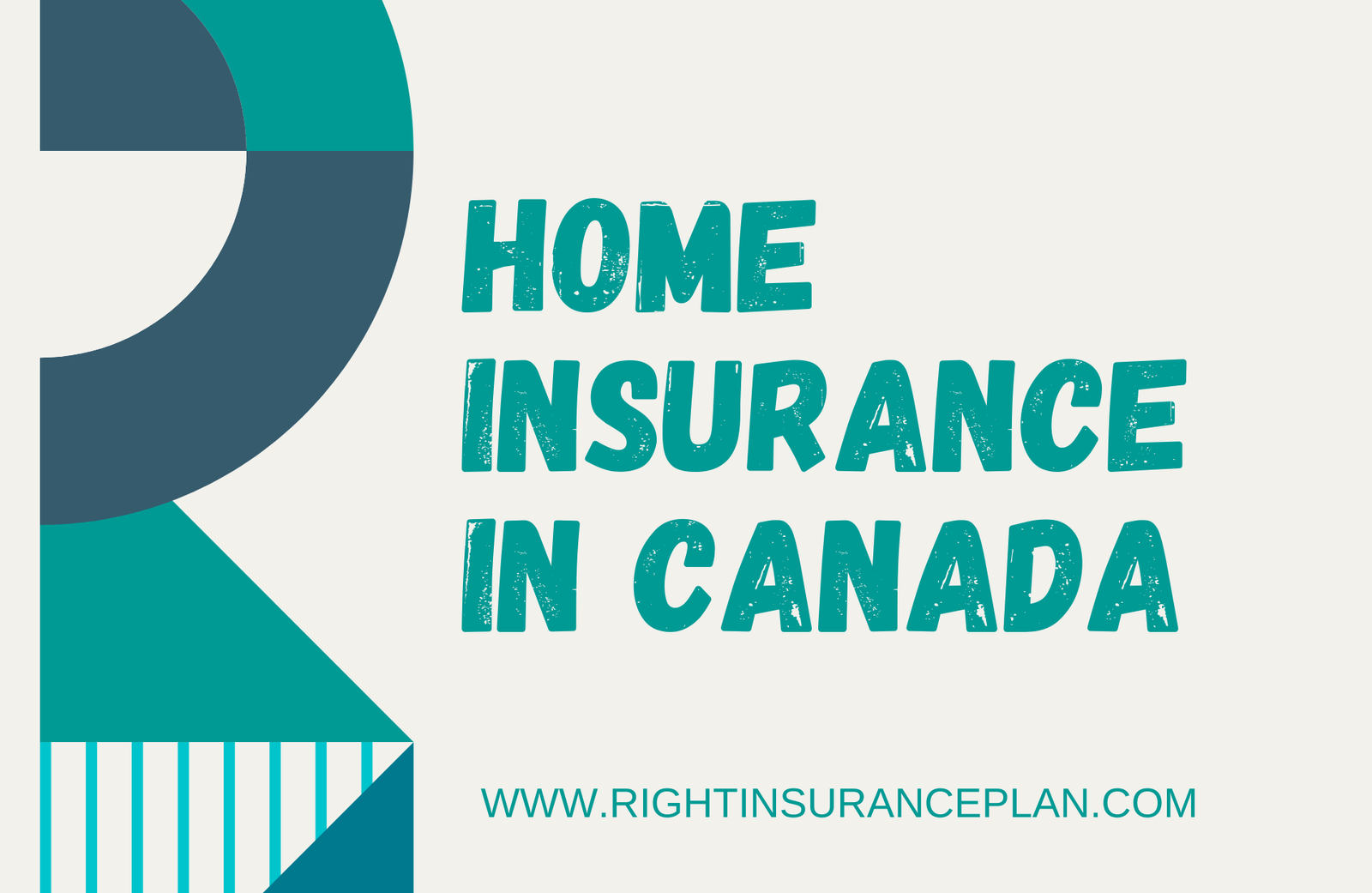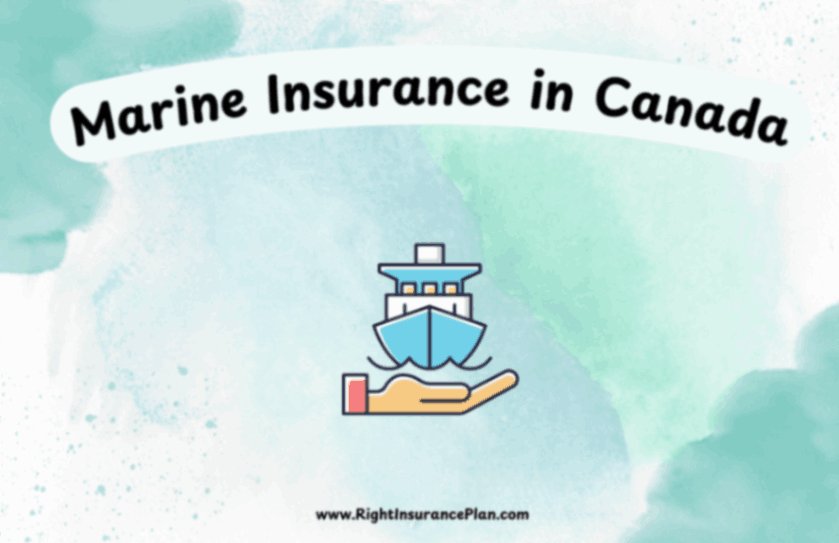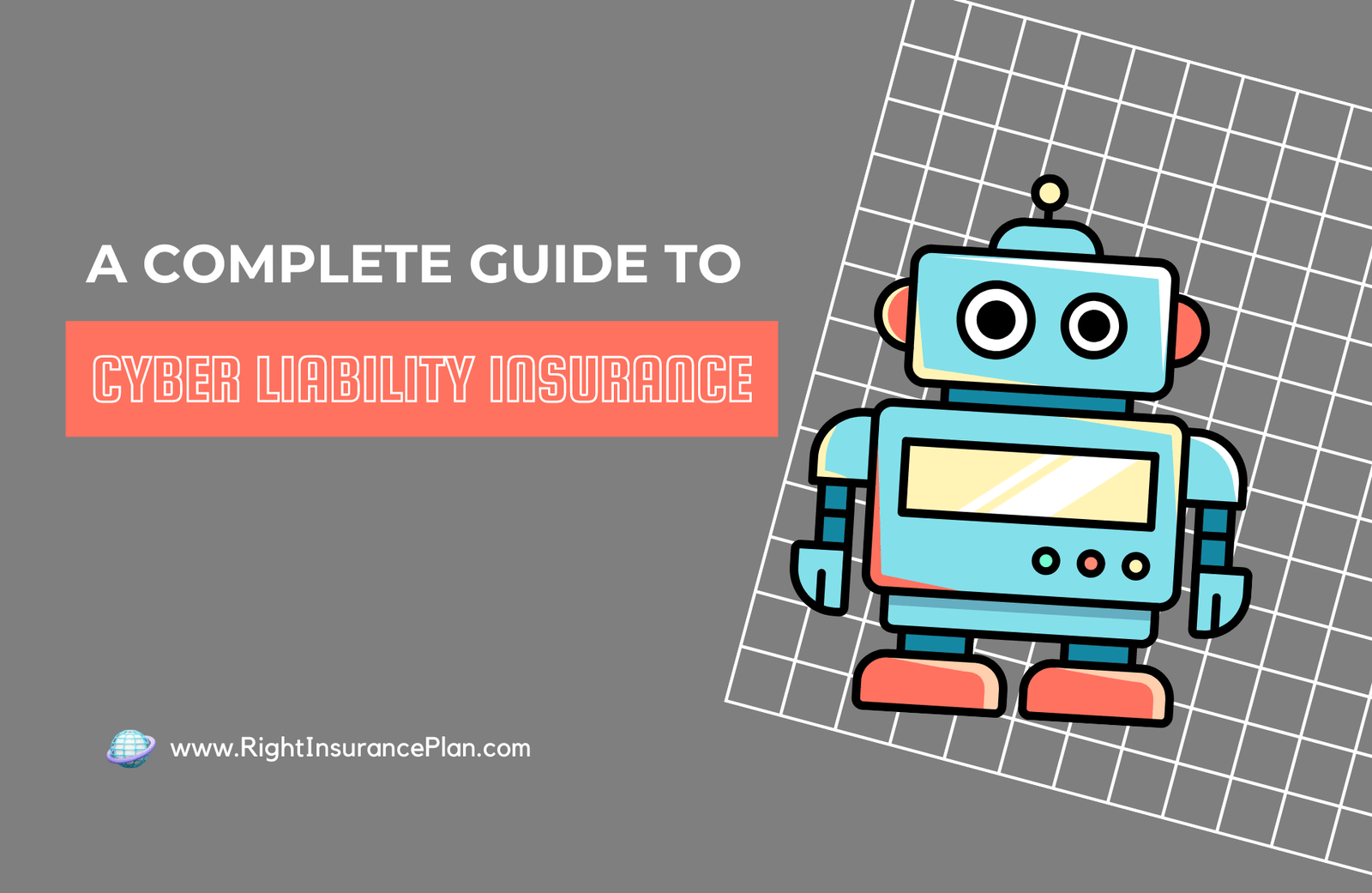
Home Insurance in Canada
In Canadian real estate, one constant remains: the importance of protecting your home. Home insurance is not just a financial safeguard; it's peace of mind for millions of Canadians. As we go through 2024, let's delve into the current state of home insurance in Canada, exploring trends, challenges, and essential information for homeowners.
The Canadian Home Insurance Market
The Canadian home insurance market has been experiencing significant shifts in recent years. According to the Insurance Bureau of Canada (IBC), the property and casualty insurance industry wrote $67.7 billion in direct written premiums in 2023, with a substantial portion attributed to home insurance.
The market is dominated by a few large players, including Intact Financial, Aviva Canada, and Desjardins General Insurance Group. However, there's also a growing presence of insurance companies offering innovative, digital-first solutions to consumers.
Rising Premiums
One of the most pressing issues in the Canadian home insurance landscape is the steady increase in premiums. The average annual home insurance premium in Canada reached $1,250 in 2023, marking a 5.8% increase from the previous year. This trend has been consistent over the past decade, with premiums rising faster than inflation in most provinces.
Several factors contribute to this upward trend:
1. Climate Change and Natural Disasters: The frequency and severity of weather-related events have increased dramatically. In 2023, insured losses from severe weather events in Canada totaled $3.1 billion, the fourth-highest year on record.
2. Rising Construction Costs: The cost of building materials and labor has surged, increasing the expense of repairing or rebuilding damaged homes.
3. Aging Infrastructure: Many Canadian homes and the surrounding municipal infrastructure are aging, leading to more frequent claims for issues like water damage from burst pipes or sewer backups.
4. Technology in Homes: The increasing prevalence of smart home devices and high-end appliances has raised the cost of replacing damaged items.
Provincial Variations in Home Insurance
Home insurance rates and coverage can vary significantly across Canada's provinces and territories. Here's the average annual premiums in 2023:
1. British Columbia: $1,030
2. Alberta: $1,485
3. Saskatchewan: $1,320
4. Manitoba: $1,100
5. Ontario: $1,390
6. Quebec: $915
7. New Brunswick: $865
8. Nova Scotia: $895
9. Prince Edward Island: $845
10. Newfoundland and Labrador: $880
These variations reflect differences in risk factors, such as the prevalence of natural disasters, crime rates, and the age of housing stock in each region.
Canadian homeowners have several options when it comes to insurance coverage:
1. Comprehensive Coverage: This is the most extensive type of coverage, protecting against all risks to your home and contents, except those specifically excluded in the policy.
2. Basic Coverage: This covers only the specific perils named in the policy, such as fire, windstorms, and theft.
3. Broad Coverage: A middle ground between comprehensive and basic, this covers the building comprehensively but contents only for named perils.
4. No-Frills Coverage: The most limited option, designed for properties that don't meet normal underwriting standards.
In addition to these main types, homeowners can add endorsements for specific perils like flood or earthquake coverage, which are often not included in standard policies.
Emerging Trends in Canadian Home Insurance
1. Personalized Pricing: Insurers are increasingly using advanced data analytics and AI to offer more personalized pricing based on individual risk profiles.
2. Usage-Based Insurance: Some companies are exploring usage-based models for home insurance, similar to what's been done in auto insurance.
3. Climate Resilience Incentives: More insurers are offering discounts for homes with features that increase resilience to climate-related risks, such as impact-resistant roofing or backwater valves.
4. Digital Claims Processing: The adoption of AI and machine learning is streamlining the claims process, with some insurers now offering instant claim settlements for straightforward cases.
5. Cyber Insurance: With the rise of smart home technology, some insurers are beginning to offer coverage for cyber attacks on home networks.
The Impact of COVID-19 and Remote Work
The pandemic has had lasting effects on home insurance in Canada. With more people working from home, there's been an increased focus on home office coverage. Some insurers have expanded their policies to better cover home-based businesses and remote work setups.
Additionally, the shift to remote work has led to changes in risk profiles. While there may be a decreased risk of burglary due to increased occupancy, there's potentially a higher risk of accidental damage or wear and tear on homes.
Flooding has become one of the most significant perils facing Canadian homeowners. The federal government has been working on a national flood insurance program, expected to launch in 2025. This program aims to provide affordable coverage to high-risk properties that might otherwise be uninsurable.
In the meantime, many private insurers have expanded their flood coverage options. As of 2023, about 70% of Canadian homeowners had some form of flood insurance, up from just 30% in 2015.
Tips for Canadian Homeowners
1. Review Your Policy Annually: Ensure your coverage keeps pace with home improvements, new purchases, and changing risks.
2. Understand Your Coverage: Know what's included and excluded in your policy.
3. Consider Bundling: Many insurers offer discounts for bundling home and auto insurance.
4. Invest in Prevention: Installing security systems, water sensors, or upgrading to more resilient materials can often lead to premium discounts.
5. Maintain Detailed Records: Keep an up-to-date home inventory and records of any improvements or major purchases.
6. Shop Around: The insurance market is competitive. Get quotes from multiple providers to ensure you're getting the best value.
7. Understand Replacement Cost vs. Market Value: Ensure your home is insured for its replacement cost, not its market value.
The Future of Home Insurance in Canada
Looking ahead, several trends are likely to shape the future of home insurance in Canada:
1. Climate Adaptation: As extreme weather events become more frequent, expect to see a greater emphasis on climate-resilient home features and stricter building codes.
2. Technological Integration: The use of IoT devices for real-time monitoring and risk prevention will likely become more prevalent, potentially leading to more dynamic pricing models.
3. Customization: Insurers may move towards more flexible policies that allow homeowners to customize their coverage based on their specific needs and risk tolerance.
4. Government Intervention: With the increasing unaffordability of insurance in high-risk areas, there may be more government initiatives to ensure coverage availability, similar to the planned national flood insurance program.
5. Sustainability Focus: There may be more incentives for eco-friendly home features and sustainable rebuilding practices in the event of a claim.
Conclusion
Home insurance remains a crucial component of financial security for Canadian homeowners. While rising premiums and evolving risks present challenges, they also drive innovation in the insurance industry. By staying informed about market trends, understanding their coverage needs, and taking proactive steps to mitigate risks, Canadian homeowners can ensure they're adequately protected in an ever-changing environment.
You can also check the information regarding Third-Party Two-Wheeler Insurance In Canada
FAQs:
1. Is home insurance mandatory in Canada?
Home insurance is not legally required in Canada. However, most mortgage lenders require it as a condition of your mortgage. Even without a mortgage, it's strongly recommended to protect your investment.
2. What does standard home insurance typically cover?
Standard policies usually cover:
- The structure of your home
- Personal belongings
- Liability protection
- Additional living expenses if you're temporarily displaced
3. What's not typically covered by home insurance?
Common exclusions include:
- Flooding (often available as an add-on)
- Earthquakes (may be available as an add-on)
- Normal wear and tear
- Insect or rodent damage
4. How are home insurance premiums calculated?
Factors include:
- Home's location and age
- Construction type and materials
- Proximity to fire hydrants and stations
- Claims history
- Credit score (in some provinces)
- Security features
5. What's the distinction between the real cash value and replacements expense?
Actual cash value covers the depreciated value of your belongings, while replacement cost covers the full cost to replace items at current prices.
6. Can you get a discount on your home insurance?
Many insurers offer discounts for:
- Bundling policies (e.g., home and auto)
- Installing security systems
- Being claim-free for several years
- Loyalty to the insurer
- Smoke-free homes
7. How much home insurance do you need?
You should have enough to cover:
- Rebuilding your home
- Replacing your belongings
- Potential liability claims
8. What's a deductible in home insurance?
It's the amount you agree to pay out of pocket before your insurance coverage kicks in. Higher deductibles generally mean lower premiums.
9. Does home insurance cover home-based businesses?
Standard policies typically offer limited coverage. You may need additional coverage or a separate business policy.
10. How do you file a home insurance claim?
- Contact your insurer immediately
- Document the damage (photos, videos)
- Make temporary repairs to prevent further damage



